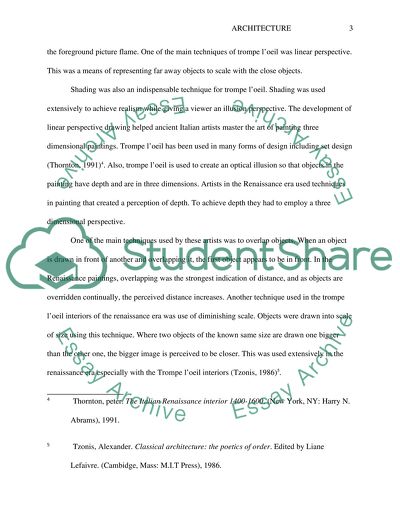Cite this document
(“Tromp Loeil &the Interior (Renaissance) Essay Example | Topics and Well Written Essays - 1750 words”, n.d.)
Tromp Loeil &the Interior (Renaissance) Essay Example | Topics and Well Written Essays - 1750 words. Retrieved from https://studentshare.org/architecture/1451900-tromp-loeil-the-interiorrenaissance-what-were-the
Tromp Loeil &the Interior (Renaissance) Essay Example | Topics and Well Written Essays - 1750 words. Retrieved from https://studentshare.org/architecture/1451900-tromp-loeil-the-interiorrenaissance-what-were-the
(Tromp Loeil &The Interior (Renaissance) Essay Example | Topics and Well Written Essays - 1750 Words)
Tromp Loeil &The Interior (Renaissance) Essay Example | Topics and Well Written Essays - 1750 Words. https://studentshare.org/architecture/1451900-tromp-loeil-the-interiorrenaissance-what-were-the.
Tromp Loeil &The Interior (Renaissance) Essay Example | Topics and Well Written Essays - 1750 Words. https://studentshare.org/architecture/1451900-tromp-loeil-the-interiorrenaissance-what-were-the.
“Tromp Loeil &The Interior (Renaissance) Essay Example | Topics and Well Written Essays - 1750 Words”, n.d. https://studentshare.org/architecture/1451900-tromp-loeil-the-interiorrenaissance-what-were-the.


